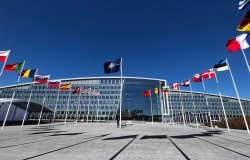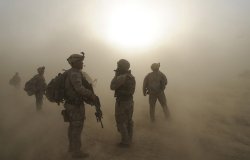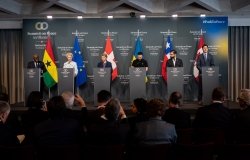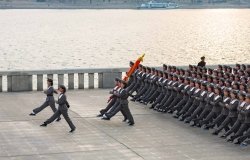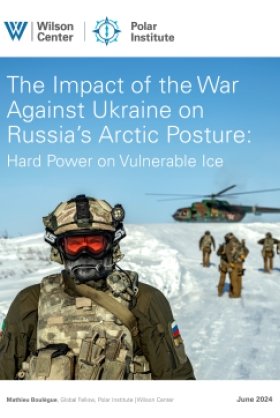Obama's AF-PAK Strategy: The Change and the Continuing Challenge
Wilson Center Pakistan Scholar Riaz Khan discusses the Obama administration's Afghanistan-Pakistan strategy.
President Obama's AF-PAK strategy largely follows the contours of the familiar comprehensive approach first outlined in the 2006 Afghan Compact, but there are important differences.
The now clearly defined prime objective is to neutralize Al Qaeda and irreconcilable elements within the Taliban. Second is the explicit encouragement to reach out to the Taliban if they are ready to renounce violence, rather than treating them as a monolithic terrorist militia. Third is the desire to promote active regional cooperation among Russia and all neighbors of Afghanistan and Pakistan in the peace and reconstruction effort. As the nomenclature suggests, Pakistan is viewed as much a part of the problem as it is part of the solution. Lastly, the dispatch of additional troops signifies renewal of focus on Afghanistan, but it should not become a prelude to military escalation.
Will the new strategy work? Experience suggests circumspection, but it is sound in its broad orientation. The real test lies in the details and implementation. The international community must brace itself for a long haul, even for achieving the modest aim of reversing the growing militancy and violence. Caution is needed in all areas: political, military and economic.
As Afghanistan heads toward elections, the next leadership must appear to be credible rather than an imposed choice. Only a credible government and local institutions, not the coalition or the UN, can advance reconciliation and soften the Taliban. Rebuilding a regionally and ethnically "balanced" Afghan National Army and security forces remains a challenge.
Militarily, the coalition could soon face a counter surge in Taliban violence that must be defeated. For economic revival, effective disbursement of aid is needed to generate employment and develop infrastructure and agriculture in all areas including the troubled south and east.
The strategy for Pakistan demands sensitivity to its concerns with an eye on the direction of its public discourse. The civilian casualties caused by drone attacks damage the Pakistani government which alone can and must itself handle the existential threat of extremist militancy. Its legitimate and identified requests for capacity building need attention. Assistance, if conditioned, could distort public debate and put the government on the defensive. More than aid, Pakistan has long sought access to markets.
The United States can help restrain rivalries in the region that hurt Afghanistan. The G-20 summit has shown Obama as a leader with a refreshing positive style. By listening, he can encourage solutions and constructive cooperation in South and West Asia.

